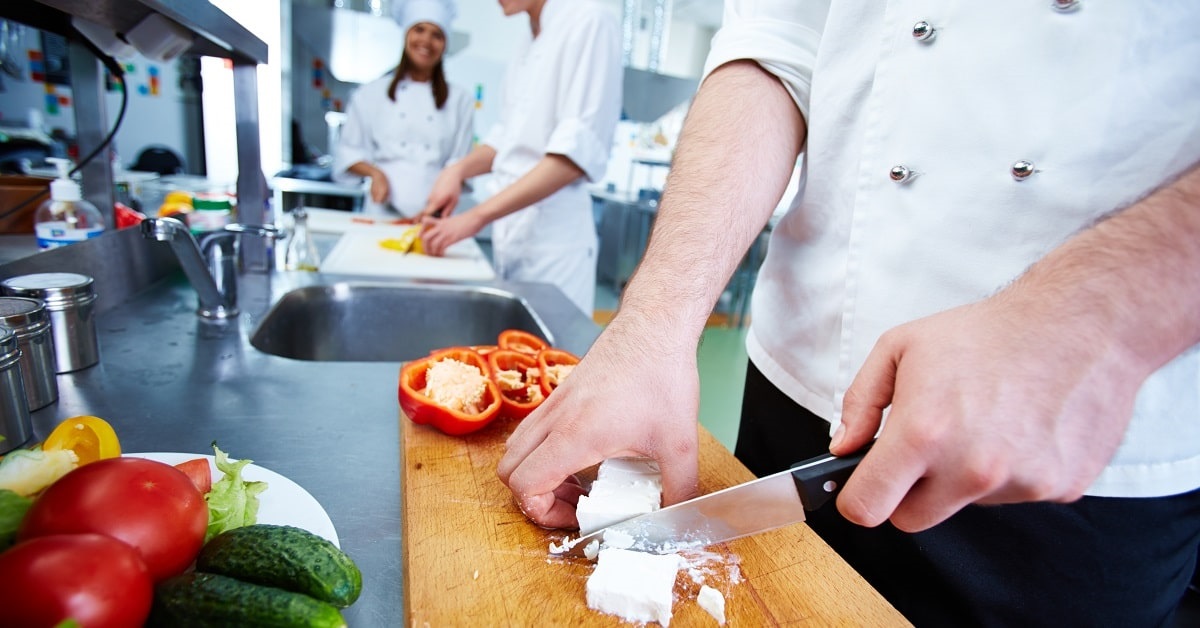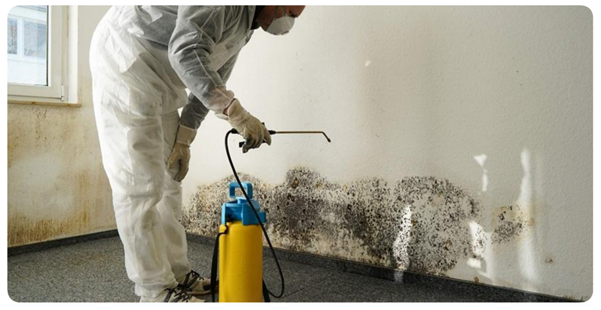
Knife Safety in the Restaurant: Practical Tips for Protecting Your Staff and Customers
Ensuring knife safety in a restaurant setting is crucial for protecting both staff and customers. Proper handling and maintenance of cutting knives, chef knives, and butcher knives can prevent accidents and injuries, creating a safer and more efficient kitchen environment.
Practical Tips for Knife Safety
Use Protective Clothing and PPE
- Cut-Resistant Gloves: Equip staff with cut-resistant gloves to protect their hands while handling cutting knives.
- Aprons and Uniforms: Ensure that aprons and uniforms are made from durable, protective materials.
- Non-Slip Footwear: Provide non-slip shoes to prevent slips and falls in the kitchen.
Proper Knife Handling Techniques
- Grip and Control: Teach staff to hold knives with a firm grip and maintain control at all times.
- Cutting Techniques: Instruct on proper cutting techniques, such as the claw grip, to keep fingers safe.
- Passing Knives: Always pass knives handles first to avoid accidental cuts.
Knife Maintenance
- Regular Sharpening: Keep knives sharp to reduce the risk of slipping and ensure clean cuts.
- Proper Storage: Store knives in a designated knife block, magnetic strip, or sheath to prevent accidents.
- Inspection: Regularly inspect knives for damage and replace any chipped or broken ones.
Safe Cutting Practices
- Stable Cutting Surface: Use a stable, non-slip cutting board to prevent movement while cutting.
- Clear Workspace: Keep the workspace clear of clutter to avoid accidental cuts.
- Focus and Attention: Encourage staff to stay focused and avoid distractions while using knives.
Training and Education
- Safety Training: Provide comprehensive knife safety training for all kitchen staff.
- Ongoing Education: Conduct regular refresher courses to reinforce safe practices.
- Emergency Procedures: Ensure staff know how to respond to knife-related injuries and where first aid supplies are located.
Customer Safety
- Proper Handling: Ensure that knives are handled safely when brought to the dining area, such as for tableside service.
- Secure Storage: Keep knives securely stored when not in use to prevent access by unauthorised individuals.
Rules, Regulations, and Laws in Australia
From Abattoirs and Slaughterhouses to Commercial Kitchens
Animal Welfare and Food Safety
- Licensing and Compliance: Abattoirs and slaughterhouses must be licensed by state or territory regulatory authorities. This ensures compliance with food safety and animal welfare standards.
- Animal Welfare Standards: Facilities must adhere to the Australian Animal Welfare Standards and Guidelines, which mandate humane handling, stunning, and slaughter of animals.
- Hygienic Production: Abattoirs must comply with the Australian Standard for the Hygienic Production and Transport of Meat and Meat Products for Human Consumption. This includes maintaining cleanliness and preventing contamination throughout the process.
Protective Clothing and PPE
- Mandatory PPE: Workers must wear appropriate protective clothing, including gloves, aprons, and boots, to prevent contamination and ensure personal safety.
- Sanitisation: Regular sanitisation of PPE and equipment is required to maintain hygiene standards.
Commercial Kitchens and Restaurants
- Food Safety Practices: Commercial kitchens must follow the Food Safety Standards outlined in the Food Standards Code. This includes proper food handling, storage, and preparation practices to prevent foodborne illnesses.
- Equipment and Premises: Kitchens must use equipment and premises that comply with Standard 3.2.3, ensuring they are designed, constructed, and maintained to minimise contamination risks.
Knife Safety
- Proper Handling: Staff must be trained in proper knife handling techniques to prevent accidents. This includes using the correct grip, cutting techniques, and safe passing methods.
- Maintenance and Storage: Knives must be kept sharp and stored safely in designated areas, such as knife blocks or magnetic strips, to prevent injuries.
- Protective Clothing: Chefs and kitchen staff are required to wear protective clothing, including cut-resistant gloves and aprons, to protect against cuts and injuries.
Regulations for Cutting Knives, Chef Knives, and Butcher Knives
- Knife Use and Storage: Regulations mandate that knives be used and stored in a manner that ensures safety and hygiene. This includes regular inspection and maintenance to ensure they are in good condition.
- Training and Certification: Staff must undergo training and certification in food safety and knife handling to ensure they are knowledgeable about safe practices.
General Safety and Compliance
- Health and Safety Regulations: Commercial kitchens must comply with workplace health and safety regulations, which include provisions for safe working conditions, emergency procedures, and regular safety audits.
- PPE Requirements: Personal protective equipment, such as gloves, aprons, and non-slip footwear, must be provided and used to protect staff from injuries and contamination.
OVERVIEW
Australia’s stringent regulations and laws ensure that every step of the food production and preparation chain, from abattoirs and slaughterhouses to commercial kitchens and restaurants, adheres to high standards of safety and hygiene.
By enforcing comprehensive animal welfare standards, food safety practices, and protective measures, these regulations protect both workers and consumers, ensuring the highest quality and safety in food handling and preparation.
SUMMARY
Implementing these practical tips for knife safety in restaurants can significantly reduce the risk of accidents and injuries. By providing protective clothing, teaching proper handling techniques, maintaining knives, and offering ongoing training, restaurants can create a safer environment for both staff and customers. Prioritising knife safety not only protects individuals but also enhances the overall efficiency and professionalism of the kitchen.



